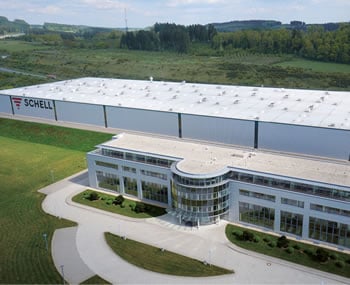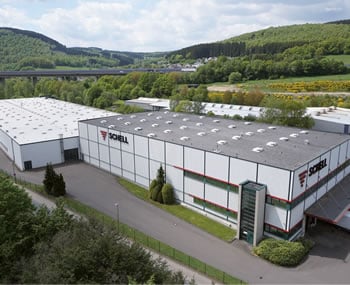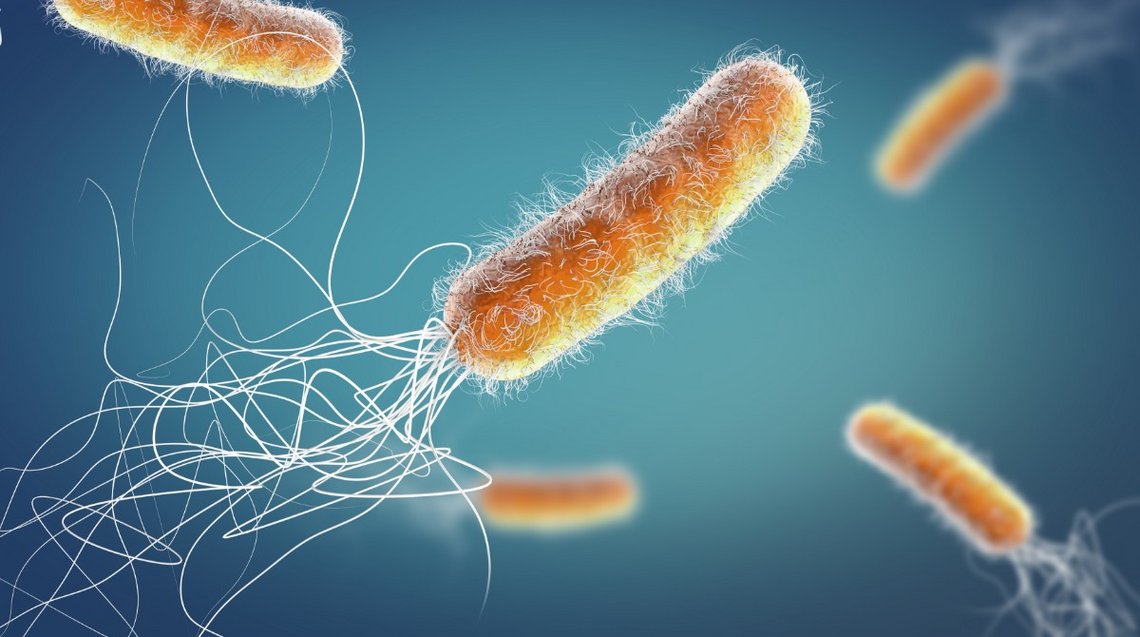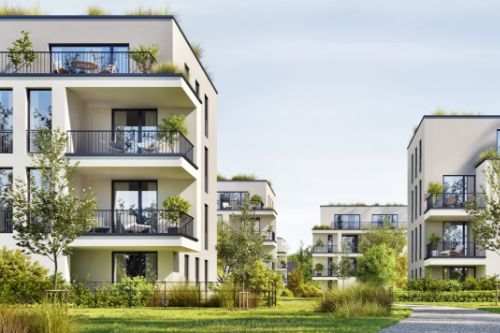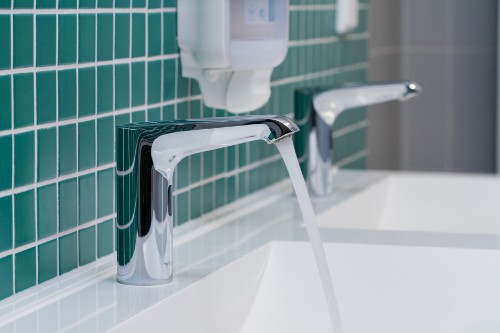Take care with the cold water line: avoiding Legionella and Pseudomonas aeruginosa
Drinking water is essential for life – and yet it can harbour risks if drinking water installations are not planned, installed and operated to professional standards. Two activities are essential for maintaining drinking water quality and avoiding the excessive growth of harmful bacteria such as Legionella or Pseudomonas aeruginosa: first, a regular exchange of water after no more than 72 hours; second, keeping potable water hot (PWH) and potable water cold (PWC) within their respective temperature limits. In recent years, excessively warm cold water lines have been increasingly responsible for hygiene risks in drinking water installations. However, with carefully targeted structural and organisational measures, planners and building operators can prevent excessive PwC heating and avoid expensive renovation work.
Legionella and Pseudomonas aeruginosa: pathogen profiles
Legionella spp. and Pseudomonas aeruginosa are rod-shaped bacteria that can occur naturally in drinking water at extremely low concentrations. At higher concentrations, however, they can cause serious problems for human health. Vulnerable individuals and people with pre-existing conditions are especially at risk. Accordingly, these bacteria are viewed as key indicator microorganisms for drinking water hygiene in the health sector.
Legionella and Pseudomonas aeruginosa – a side-by-side comparison
The tables shown below offer a comparative overview of the most relevant properties of Pseudomonas aeruginosa and Legionella spp.:
Causes of contamination for cold water lines
Over the last ten years or so, PWC piping has overtaken PWH piping as more likely to be affected by Legionella. There are two key reasons here: first, building envelopes are becoming denser, with ‘luxury installations’ featuring a growing volume of increasingly complex pipework routing; second, ‘heat exchanger installations’ with PWC in a ring and PWH circulating at the same time in pre-walls.
Technical weak points in the drinking water installation
To keep the drinking water installation hygienically safe, the temperature in potable water hot (PWH) must be at least 55 °C after tapping 3 l from each tapping point and below 25 °C in potable water cold (PWC), also after tapping 3 l. In practice, however, there are many structural factors that result in PWC becoming excessively warm, which can therefore lead to a risk of contamination.
- Modern construction methods: Oversized drinking water installations with significant hydraulic complexity and excessive numbers of tapping points. Compared with modern T-piece installations, these installations can have up to 29% more surface area, which (unnecessarily) absorbs more heat (PWC) and stores this heat in a water volume that is up to 25% larger. This creates hygienic risks.
- Lack of thermal separation of PWH and PWC (e.g. shared riser shafts with hot- and cold-temperature lines, excessively high temperatures in technical rooms) leads to undesirable input of heat into the cold water piping.
- Complex drinking water installations with hygienically risky and avoidable circulation lines in the pre-walls – even though a 3 l rule applies to individual supply lines. This results in excessive temperatures in PWC and increased thermal losses from circulation.
- Contaminated parts (e.g. from leak-tightness testing with water in the factory) can result in the drinking water installation becoming colonised with microorganisms – especially Pseudomonas aeruginosa – even before commissioning.
Influence of operation and usage
Alongside structural aspects, specified normal operation is extremely important and, in this context, the regular use of all tapping points has a decisive role to play in maintaining the quality of drinking water in buildings. Accordingly, drinking water installations must be used regularly and every 72 hours as a minimum, across all tapping points. This usage should also comply with the operating conditions and safe temperature ranges for PWH and PWC, as established during installation planning and setup. Every tapping point not used regularly will become a ‘dead leg’ yet full of life – regardless of the specific piping layout chosen. Regular testing of all parts for functionality is also needed, and the required maintenance tasks must be completed to ensure the operationally safe condition of all parts. These tasks also form part of specified normal operation, which must not be reduced under any circumstances to merely the regular and full exchange of water.
Duties of building operators
In order to maintain specified normal operation, and thus prevent the excessive spread of bacteria, the water in the installation must be exchanged in full and across all tapping points on a regular basis and at least every 72 hours. The legal basis for these duties for operators of drinking water installations is section 13 of the German Drinking Water Regulation. Compliance with generally accepted codes of practice is also a minimum requirement for operations. These codes (as published by the DVGW and VDI) require the regular and full exchange of water across all tapping points. This is the only sure way to maintain water quality in buildings and cannot be supplanted by any particular type of piping layout or an exchange of water that only occurs via terminal flushing stations. Flushing stations are at best an ancillary measure.
Legionella testing duties in the cold water line
If overheating of the cold water line is suspected, then this line must also be tested for Legionella (DVGW W 551 (A)). Overheating is simple to check: if, after drawing off 3 l of cold water, the temperature of this water exceeds the stated 25 °C – measured in a volume of 250 ml (VDI 6023 Part 1), then this suspicion has been confirmed. Although DIN 1988-200 specifies a ‘30-second tapping rule’, this should no longer be used, due to the much more recent and more precise testing conditions given above.
Active measures Safeguarding drinking water hygiene during operation
Even the most thorough and hygiene-friendly planning of a drinking water installation is of no use if subsequent operations fail to ensure the regular and full exchange of water across all tapping points. Tip: Landlords who rent out commercial or residential properties should always inform their tenants about the need to ensure the regular use of all tapping points and also include a corresponding clause in the rental agreement. Beyond ensuring normal usage, the following measures are also necessary to provide optimum support for maintaining drinking water quality:
- Regular stagnation flushes during interruptions in use lasting more than 72 h: these are completed by hand using manual flushing plans or – much more efficient – automated with the help of a water management system like SWS from SCHELL.
- Monitoring of temperatures in potable water cold and hot, with the help of temperature sensors: SWS from SCHELL can be used to schedule stagnation flushes or trigger them based on temperature changes. In the latter case, SWS can react to temperature readings that are above or below set limits.
- Regular completion of maintenance work (inspection, servicing, improvements, etc.) as par manufacturer specifications and DIN EN 806-5.
A comprehensive set of recommendations, plus other details about passive and active measures to keep temperatures to the levels required for drinking water by general and hygiene standards, is offered in a practical guide from the Federal Technical Building Services Industry Association (BTGA): ‘How to keep cold water cold’.
Maintains water quality and temperatures by ensuring a regular and full exchange of water: SCHELL SWS
Maintaining drinking water quality is a key responsibility for planners and operators of drinking water installations. Particular attention should be given to the cold water lines here, as the risk of an excessive proliferation of Legionella and especially Pseudomonas aeruginosa is particularly high here. Optimising the planning and design of drinking water installations (passive measures), and ensuring hygiene-friendly operation (active measures) is an effective strategy for preventing the excessive heating of potable water cold and therefore avoiding contamination. For operational use, water management systems like SWS from SCHELL are a highly efficient and reliable solution for the scheduled and temperature-controlled execution of stagnation flushes.

![[Translate to English:] [Translate to English:]](/fileadmin/_processed_/1/b/csm_symstemloesungen_e2_thumb_6bca267f26.jpg)
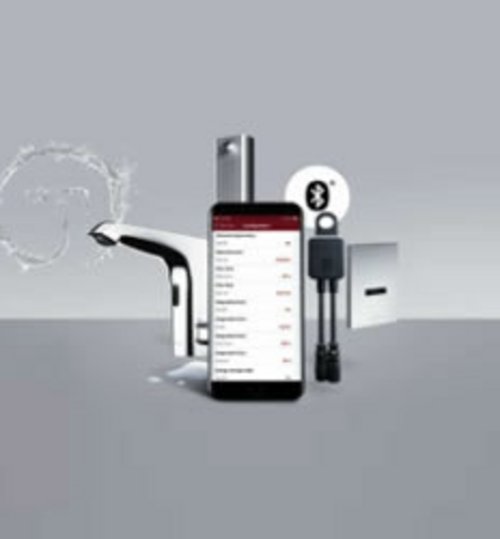
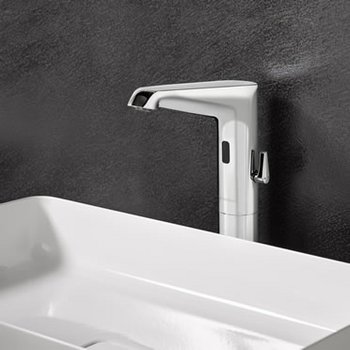
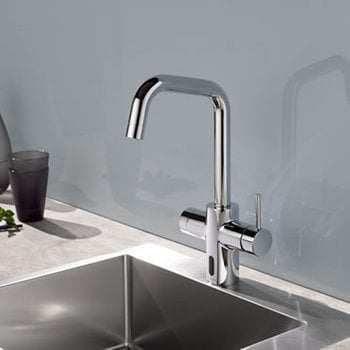
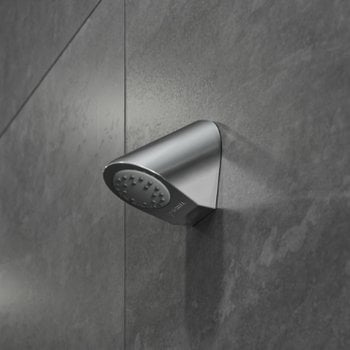
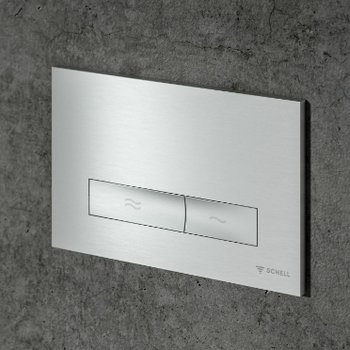
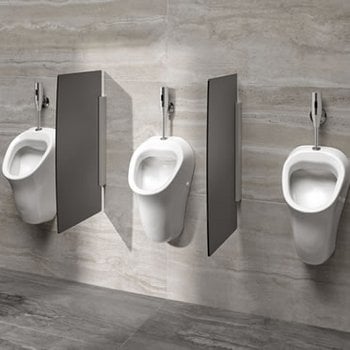
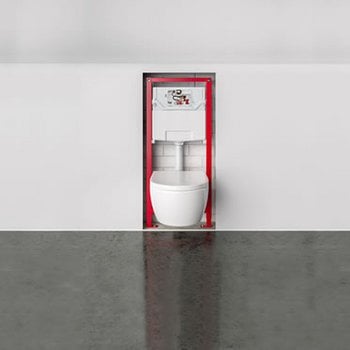
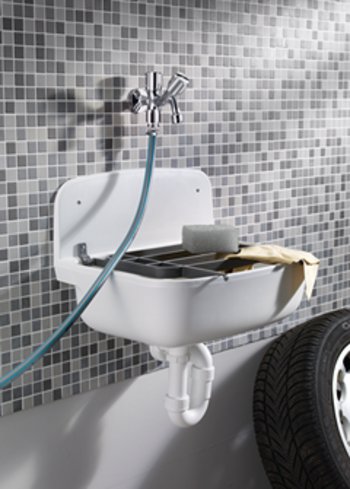
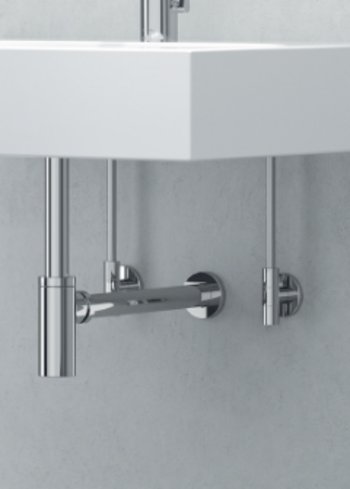
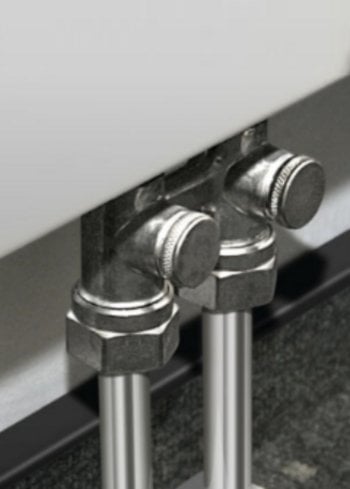
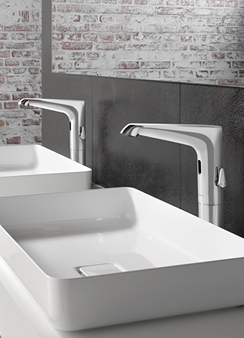
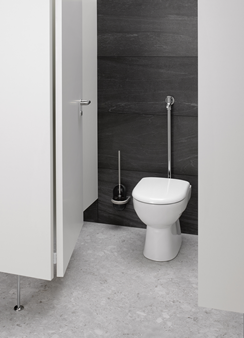
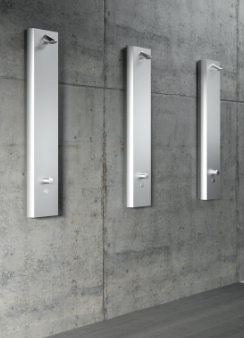

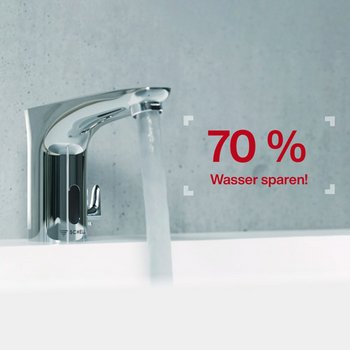
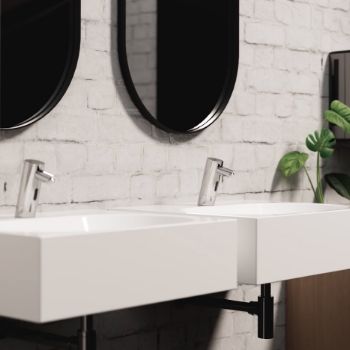

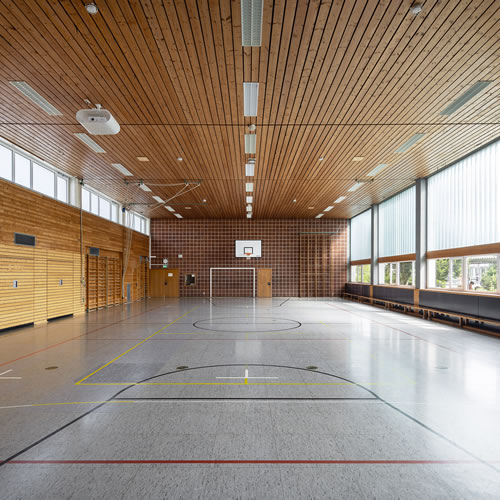
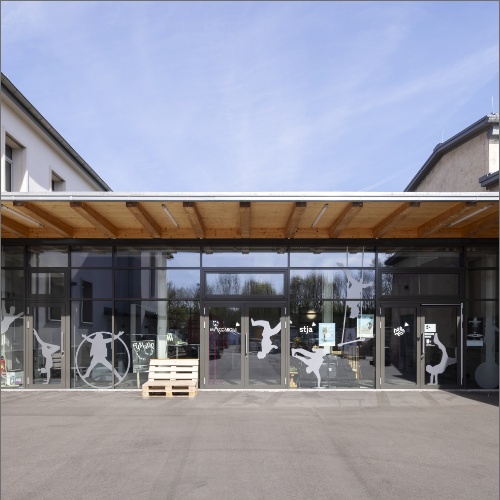
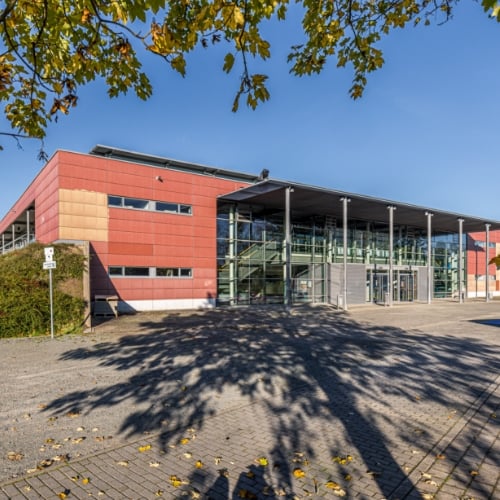

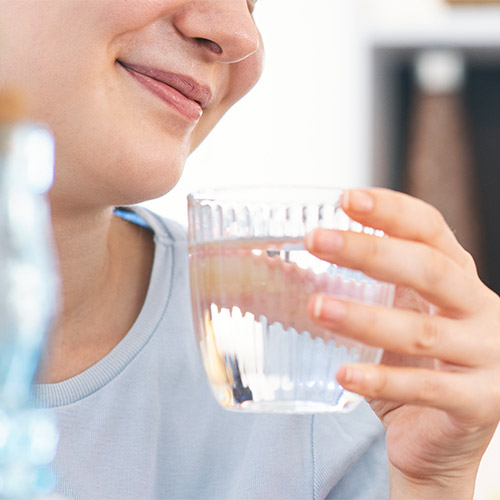

![[Translate to English:] [Translate to English:]](/fileadmin/user_upload/images/menu/menu_service_downloads_broschueren.jpg)
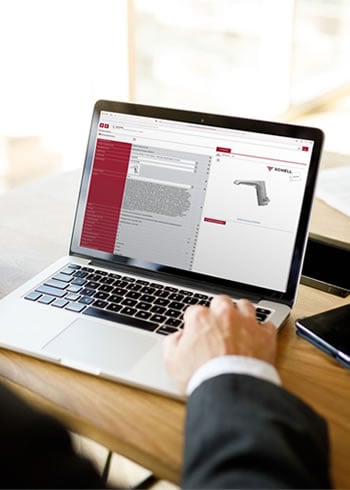



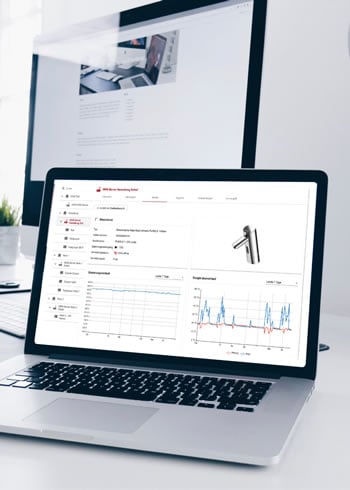


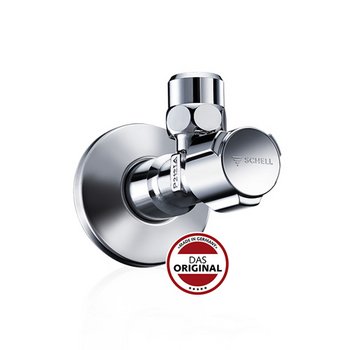
![[Translate to English:] [Translate to English:]](/fileadmin/_processed_/7/7/csm_menu_unternehmen_ueber-schell_awards_f6cec25b1d.jpg)
![[Translate to English:] [Translate to English:]](/fileadmin/_processed_/a/0/csm_menu_unternehmen_ueber-schell_wasser-sparen_41036d2dd9.jpg)


